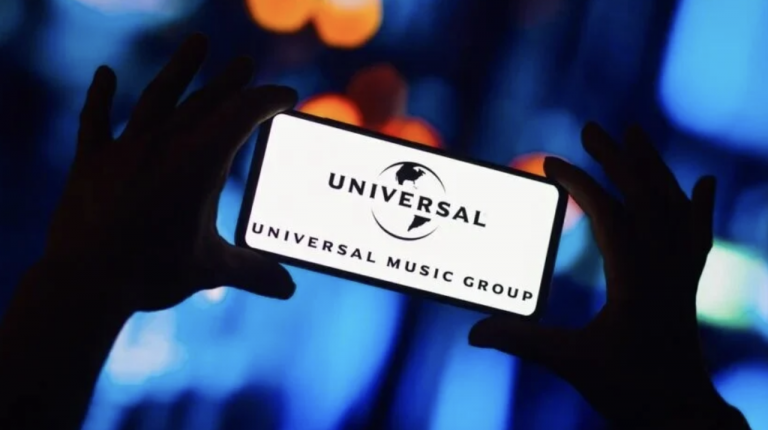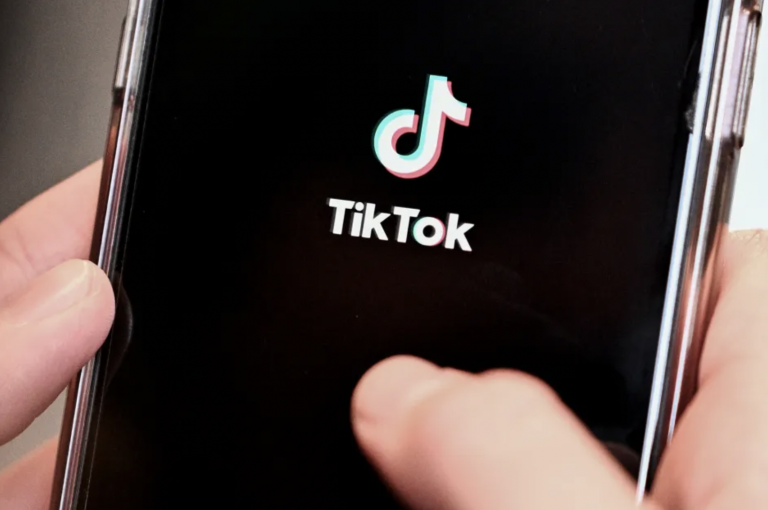Australia has taken a bold stand in the global debate over artificial intelligence and copyright. The government recently confirmed it will not introduce a ‘text and data mining’ (TDM) exception. This rule would have allowed AI systems to train on copyrighted content without permission. As a result, the Australian music industry quickly applauded the decision, calling it a major win for artists and creators.
Victory for Consent, Control, & Compensation
Annabelle Herd, CEO of the Australian Recording Industry Association (ARIA), praised the move. “This decision reinforces Australia’s commitment to its artists and creative industries,” she said. “It ensures that consent, control, and compensation remain at the heart of copyright in the age of artificial intelligence.” However, Herd emphasized that the real challenge lies ahead—ensuring these principles are consistently enforced.

Meanwhile, tech companies around the world continue to push for broader access to creative works. In response, Herd pushed back firmly. “It is not for tech giants to determine how creator’s IP is utilised, even in negotiation,” she stated. She warned against introducing new loopholes or legal changes that could weaken creators’ rights. Instead, she urged lawmakers to uphold existing copyright laws, which already support thousands of jobs and drive cultural exports.
Balancing Innovation with Ethical Responsibility
Moreover, this decision reflects a growing need to balance innovation with ethical responsibility. While AI offers exciting possibilities, it must not exploit the work of creators. By rejecting the TDM exception, Australia has drawn a clear line. The country chose to protect human creativity over unchecked automation.
Ultimately, Australia’s refusal to adopt a TDM exception sends a strong message. Creators deserve transparency, permission, and fair compensation. The music industry’s response highlights how vital these protections are to the cultural economy. As other countries consider similar policies, Australia’s stance may serve as a model. For artists and rights holders, this is more than a policy win—it’s a reaffirmation of their value in the digital age.







